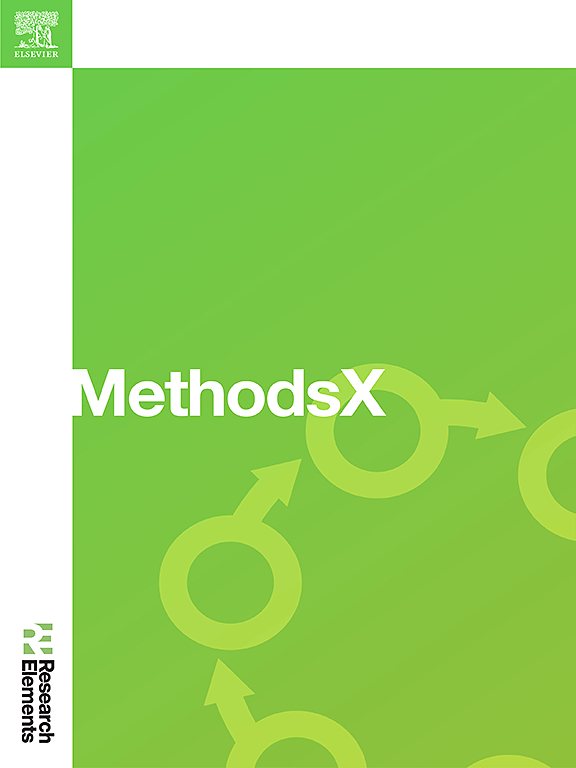Satellite imagery pre-processing and feature extraction for the mapping of coastal ecosystems using Google Earth Engine: A workflow for practitioners
IF 1.9
Q2 MULTIDISCIPLINARY SCIENCES
引用次数: 0
Abstract
The use of Google Earth Engine (GEE) is increasingly common in geospatial analysis of satellite images for various environmental management purposes due to its easy accessibility and capabilities to support complex pre-processing and mining of geographic data. In the context of coastal management, GEE provides opportunities for cost-efficient mapping of coastal habitats and their ecosystem service potentials. Understanding the extent of coastal habitats and the spatial and temporal variabilities of their ecosystem services can be useful for management and intervention purposes. GEE is well-suited for this due to its user-friendliness, particularly for non-experts of programming languages, such as area managers and other practitioners. However, there is no specific methodological guideline for the pre-processing and feature extraction of satellite images in GEE that can be readily adopted by these practitioners. This study develops general methodological steps to perform those processes that can be adapted to different management needs. Highlights of this study:
- •Steps detailed in this method paper will produce processed satellite images readily applicable for machine learning to classify coastal ecosystems.
- •The development of this adaptable workflow can benefit and empower local area managers, particularly in low-resource settings, to conduct monitoring of their area.

使用谷歌地球引擎绘制沿海生态系统的卫星图像预处理和特征提取:从业者的工作流程
谷歌地球引擎(GEE)的使用在各种环境管理目的的卫星图像地理空间分析中越来越普遍,因为它易于获取并且能够支持复杂的地理数据预处理和挖掘。在沿海管理的范围内,GEE提供了成本效益高的沿海生境及其生态系统服务潜力制图的机会。了解沿海生境的范围及其生态系统服务的时空变化对管理和干预目的是有用的。由于其用户友好性,GEE非常适合于此,特别是对于非编程语言专家,例如区域经理和其他实践者。然而,对于GEE中卫星图像的预处理和特征提取,并没有具体的方法指南可供这些从业者轻易采用。本研究开发了执行这些过程的一般方法步骤,这些步骤可以适应不同的管理需要。•本方法论文中详细介绍的步骤将产生处理后的卫星图像,这些图像很容易适用于机器学习对沿海生态系统进行分类。•这种适应性工作流的发展可以使本地区域管理人员受益,并赋予他们权力,特别是在资源匮乏的情况下,可以对他们的区域进行监控。
本文章由计算机程序翻译,如有差异,请以英文原文为准。
求助全文
约1分钟内获得全文
求助全文
来源期刊

MethodsX
Health Professions-Medical Laboratory Technology
CiteScore
3.60
自引率
5.30%
发文量
314
审稿时长
7 weeks
期刊介绍:
 求助内容:
求助内容: 应助结果提醒方式:
应助结果提醒方式:


